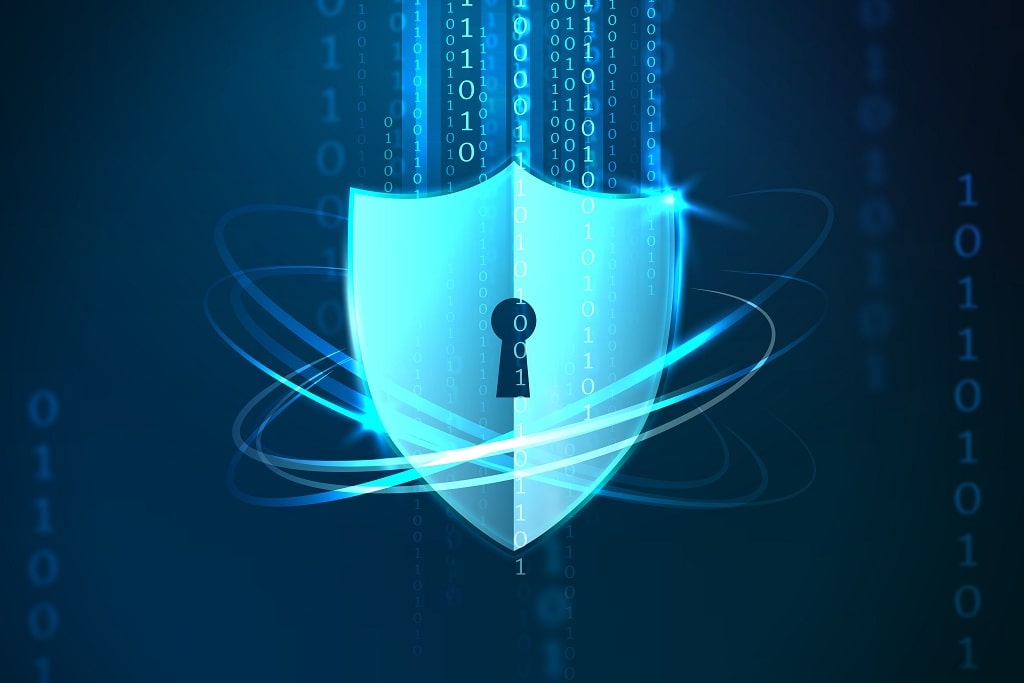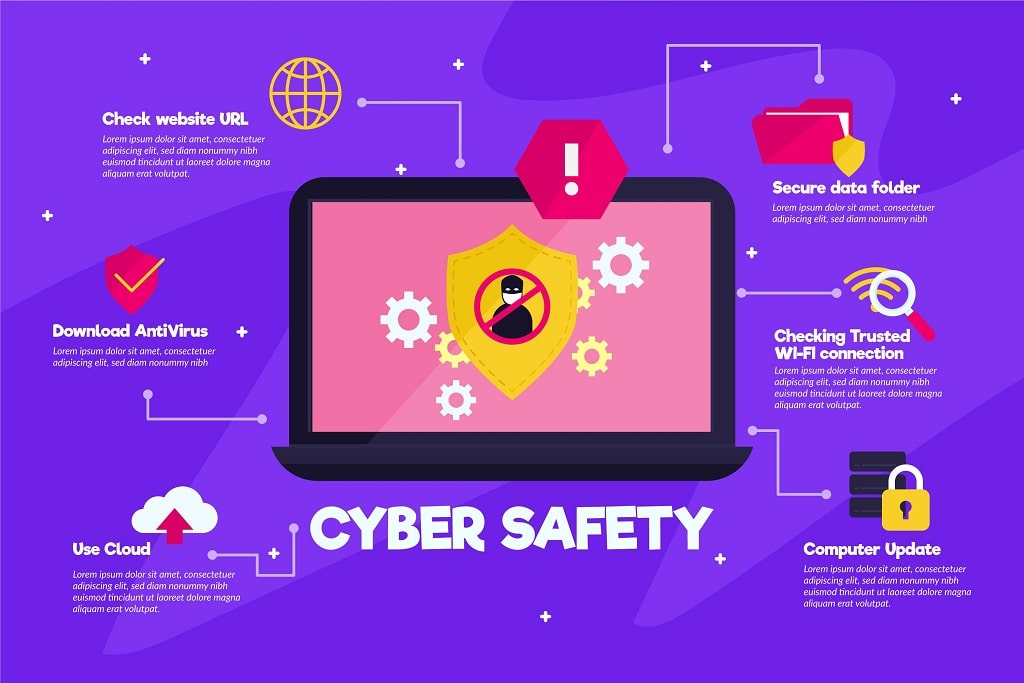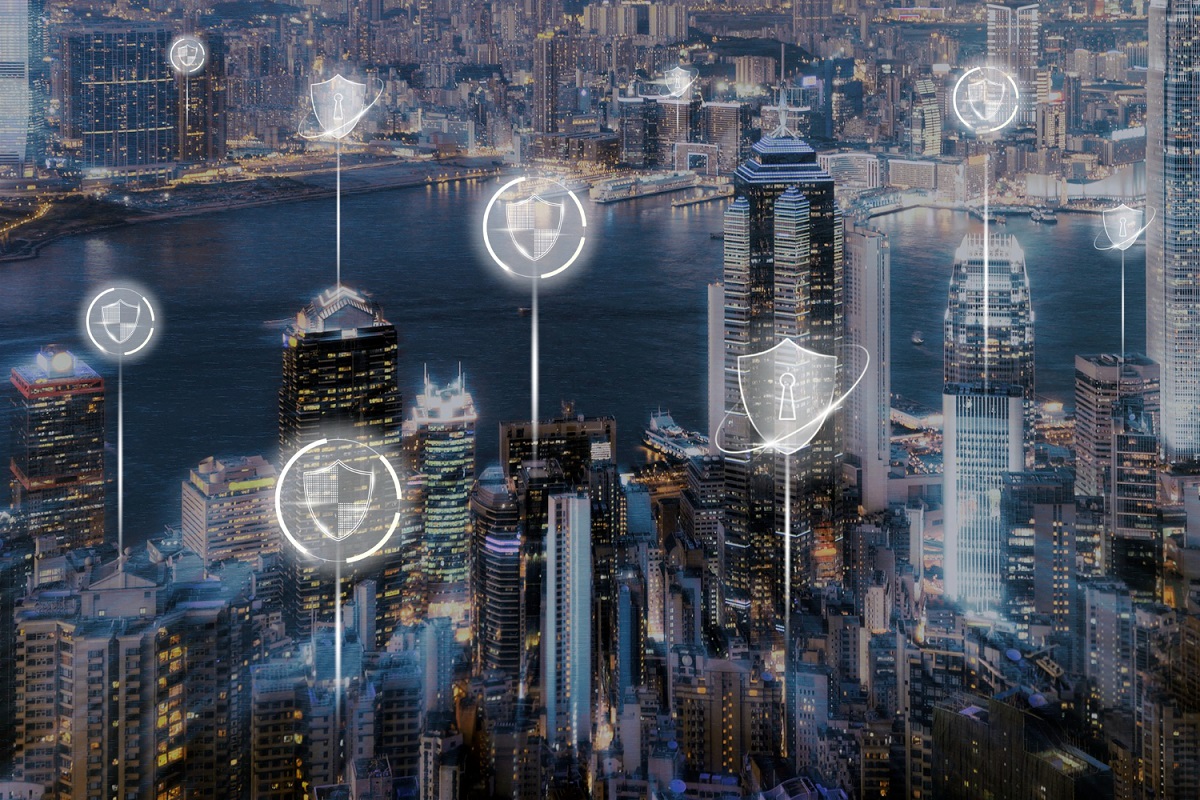
Cyber security has been a top priority for every organization as it has increased in importance due to the proliferation of attacks and potential customer trust loss penalties.
Cybersecurity is often viewed as a constant battle between hackers, criminals, and security experts. This fight is only getting more intense due to technological advancements. This is the glamorous side of cybersecurity that we often see in movies and TV shows.
Threats can come from devious, tech-savvy criminals or hostile foreign states. However, threats can also be posed by unsecured networks that leave sensitive data exposed or employees who work from home using non-secure devices.
Top 5 Cybersecurity Trends
 The shift to remote and home-based working began during the Covid-19 pandemic. It has continued in many organizations.
The shift to remote and home-based working began during the Covid-19 pandemic. It has continued in many organizations.
With the expansion of the internet of things (IoT), there has never been more chance for security breaches to create headaches or expenses.
Cybersecurity will be a top priority for everyone in 2023. Here are some key trends for 2023.
Read: How to Become a Cybersecurity Expert
#1. Internet of Things and cloud security
As more devices are connected and networked, there will be more doors and windows that hackers can exploit to gain access to our data. Gartner analysts predict that there will be 43 Billion IoT-connected devices by 2023.
IoT devices, which include intelligent wearables, home appliances, cars, and building alarm systems, have been a problem for cybersecurity professionals. Because they don’t store sensitive data, manufacturers have sometimes focused on ensuring they are secure with regular security updates and patches.
Recent research has shown that attackers can use these devices as gateways to other networked devices. For example, finding devices with a default password or PIN is less common and doesn’t require users to create their own.
Many governmental initiatives should be taken to improve the security of connected devices and cloud systems. A labeling system for IoT devices will be developed in the US. This will inform consumers about security threats that could be presented by devices brought into their homes.
Read: How can we improve the Human Aspect of Cybersecurity?
#2. Businesses must make cybersecurity work-from-home a priority.
Many organizations have prioritized protecting the millions of devices that are being used worldwide for remote and homework since the outbreak.
It was easy for security personnel, likely based in IT departments, to check and update the smartphones and laptops of companies before the pandemic.
It was easy to ensure they were safe from malware and spyware and had the most recent anti-virus software. A new set of challenges is expected in 2023 as workers increasingly use their devices to connect to work networks remotely.
Employees can fall for phishing attacks by connecting to networks that have non-secured devices. This is where attackers trick them into giving out passwords. It’s becoming more common for remote workers to find themselves in teams that need to learn each other better.
This can lead to impersonation scams and a decrease in our ability to trust one another. This also allows for ransomware attacks. Software is infected into networks to erase data. Users must pay ransom to the attackers. Remote working environments increase the risk as it is more likely that devices will be left unattended.
Read: Top 10 Cyber Security Threats to Know
#3. International state-sponsored attackers attack businesses and governments alike
Cyber-espionage is an everyday activity of nation-states to access secrets or undermine rival governments. However, in this age of technology, companies and non-governmental organizations (NGOs) are more likely to be targeted by state actors.
Security agencies believe that foreign governments can be traced back to the hundreds of thousands of ransomware attacks launched since the WannaCry ransomware attack in 2017.
More than 70 countries will hold elections in 2023 – an event often targeted by hostile foreign interests. This will include hacking and cyberattacks against infrastructure. It also provides disinformation campaigns via social media.
This involves influencing the results to favor political parties that would benefit from the victory of the hostile government. Cyber warfare will continue to be a significant element in armed conflict. One analyst said cyber warfare was as important as ground fighting during the Russia-Ukraine war.
Read: 10 Tips for Startups to Protect themselves from Cyber Threats
#4. In cybersecurity, artificial intelligence (AI) plays a more prominent role.
Human cybersecurity experts have struggled to respond to the increasing number of cyberattack attempts and to predict the next most dangerous ones.
AI is here to help. Machine learning algorithms can analyze the vast amount of data moving across networks in real-time far more efficiently than humans and recognize patterns that indicate a threat.
IBM estimates that companies that employ AI and automation to detect data breaches and then respond quickly save, on average, $3 million more than those who don’t.
Hackers and criminals are becoming more adept at using AI due to its ever-growing availability. AI algorithms can identify systems that are vulnerable or likely to have valuable data. AI algorithms determine these systems among millions of computers and networks connected via the internet.
It can also generate large amounts of personalized phishing emails to trick recipients into disclosing sensitive information. This makes it more difficult to evade automated email defense systems that filter this mail. Artificial intelligence has been used to “clone” senior executives’ voices and fraudulently authorize transactions.
Read: Cybersecurity in the Age of AI & ML 2022
This is why AI cybersecurity is often called an “arms race,” as security agents and hackers race to find the most advanced algorithms that work for them, not the opposition. The market for AI cybersecurity products is expected to reach $139 billion by 2030, a nearly tenfold increase over the 2021 market.
#5. Security-aware culture
Every organization must work towards creating and encouraging a culture of cybersecurity awareness. Employers and employees need to be more aware of cybersecurity issues. In 2023, everyone should have a basic understanding of cybersecurity and take safety precautions.
Phishing attacks use “social engineering” to trick victims into giving out valuable information and installing malware on their computers. One does not need technical skills to recognize these attacks and take preventative measures to avoid being a victim.
Read: 3 Hybrid Cloud Security Challenges & Solutions
Basic security skills, such as the safe use of passwords and understanding two-factor authentication (2FA), should be taught to all employees and kept updated.
Organizations wishing to increase resilience and preparedness in the next 12 months should take basic precautions like these.




